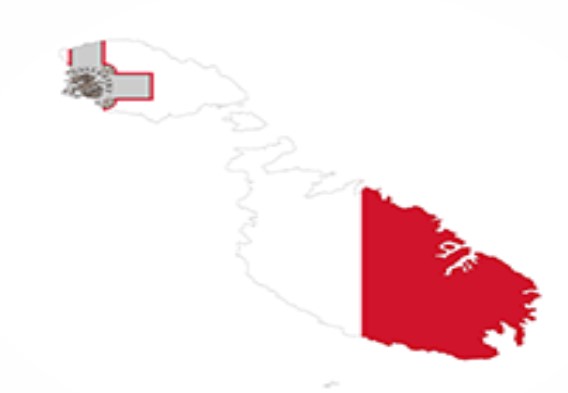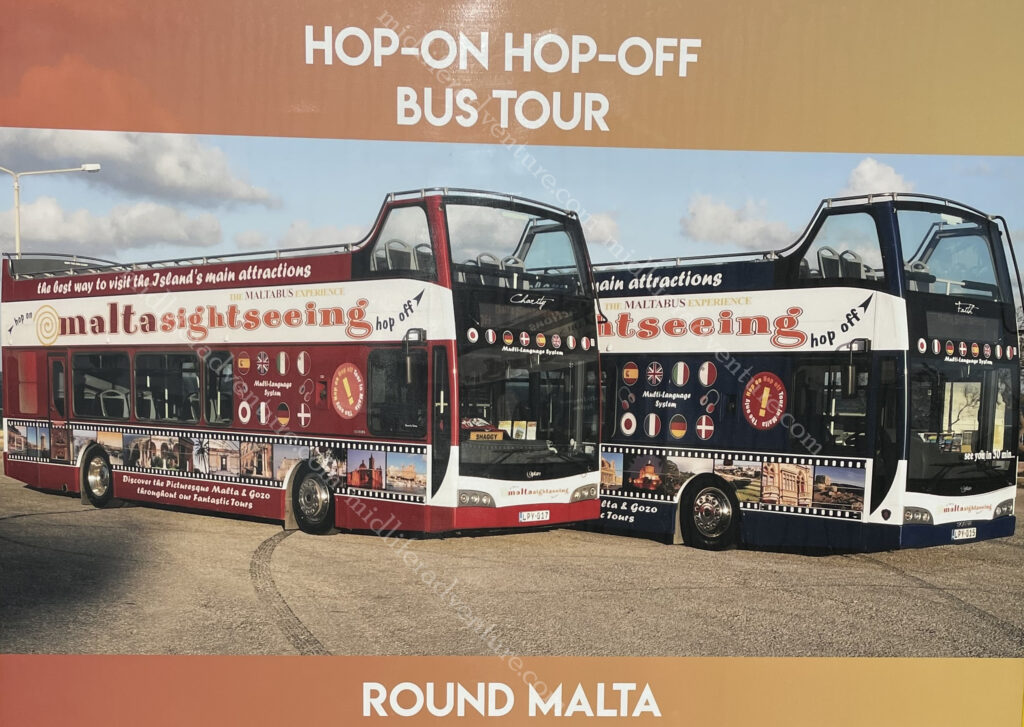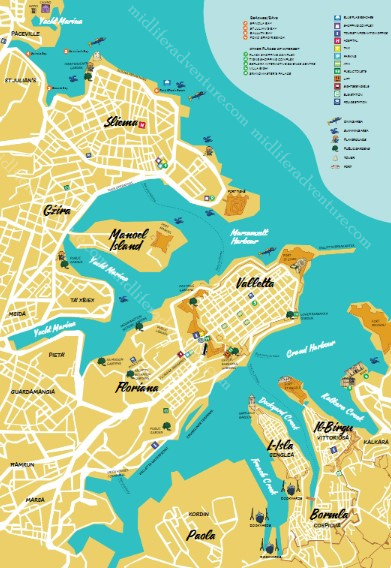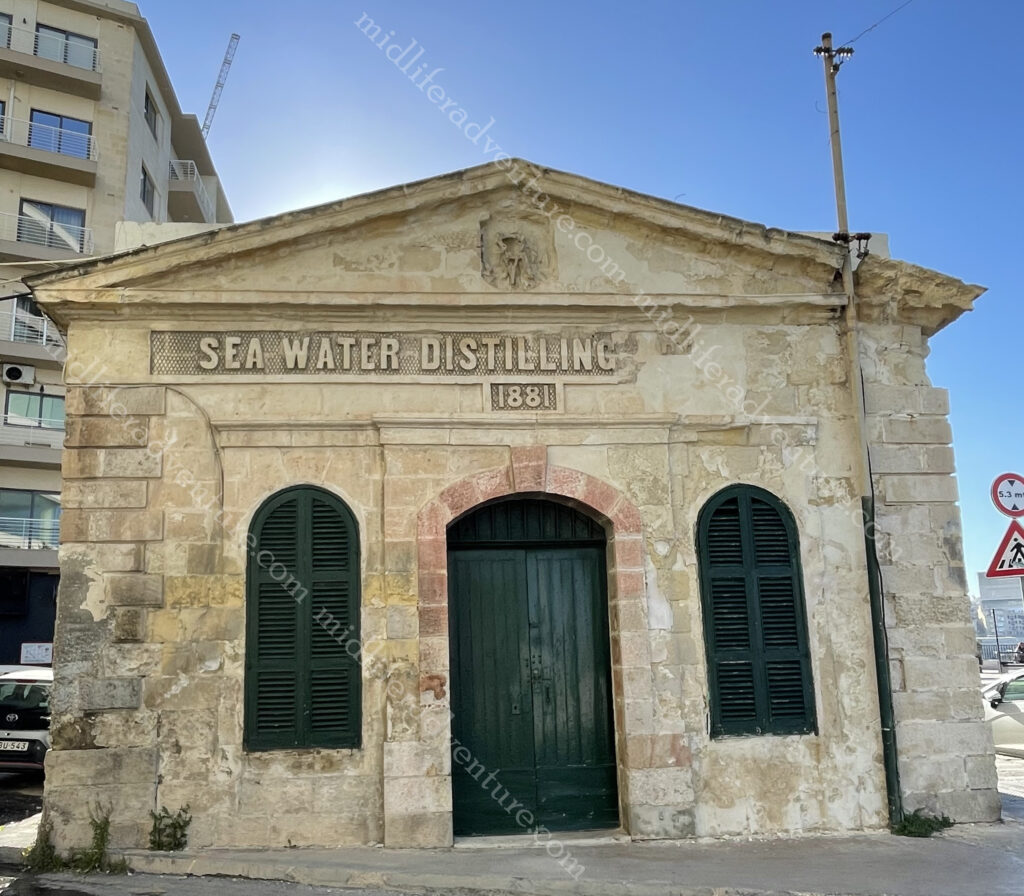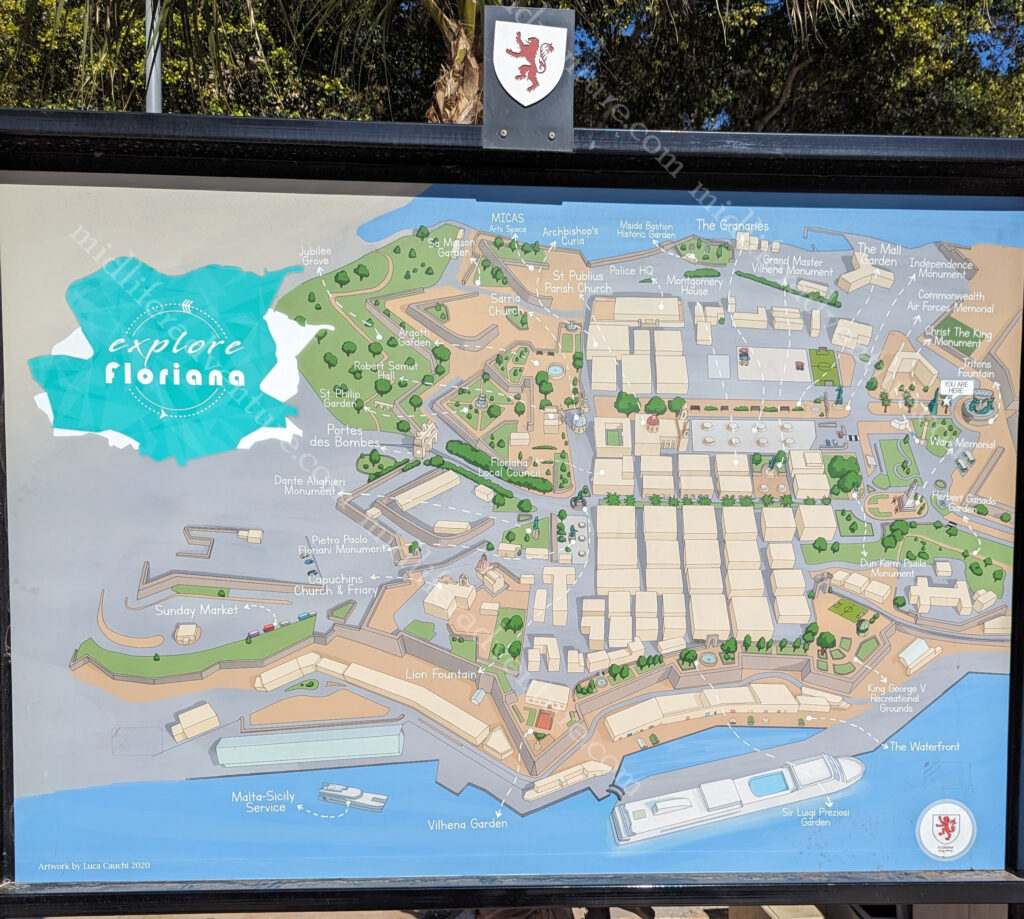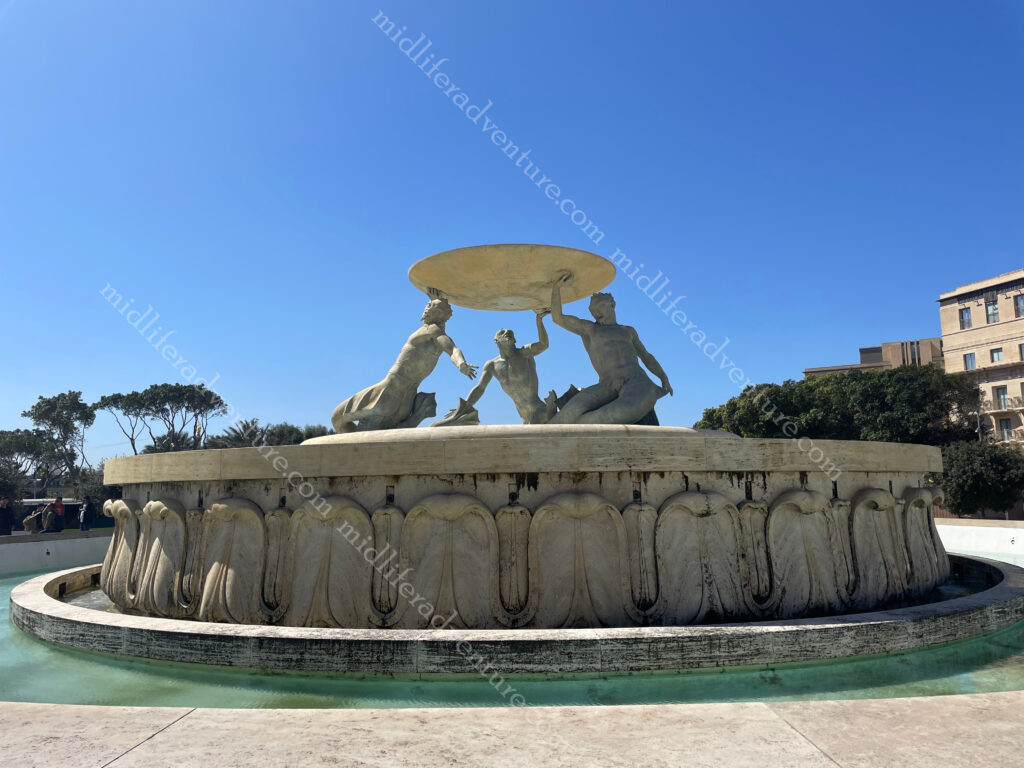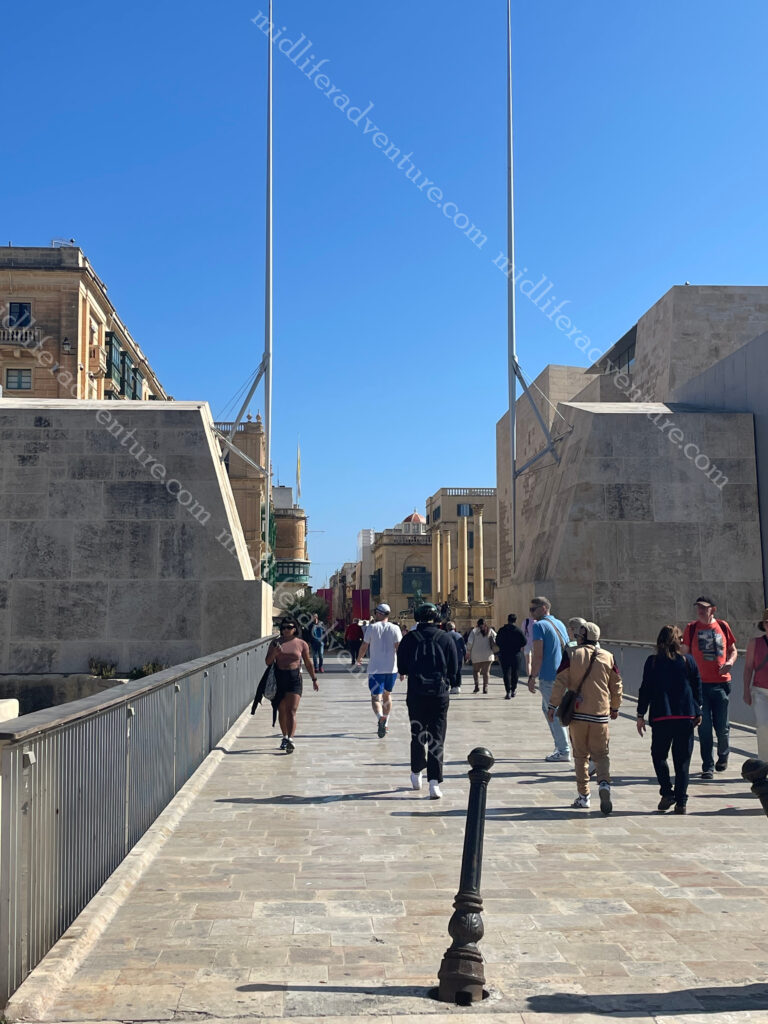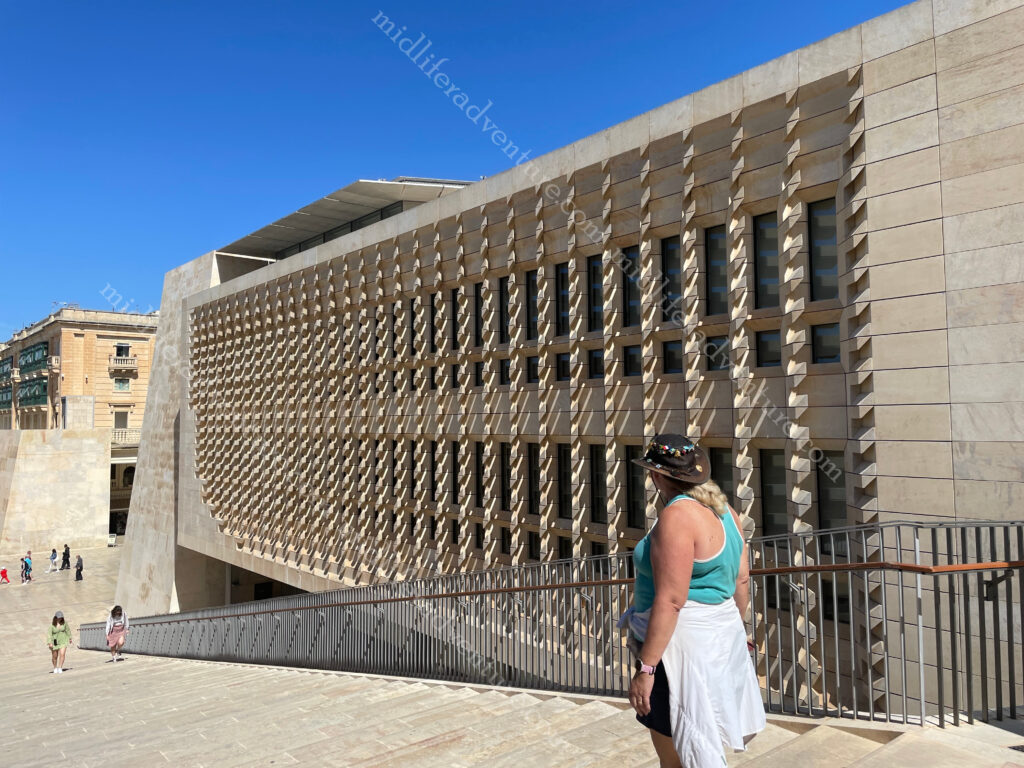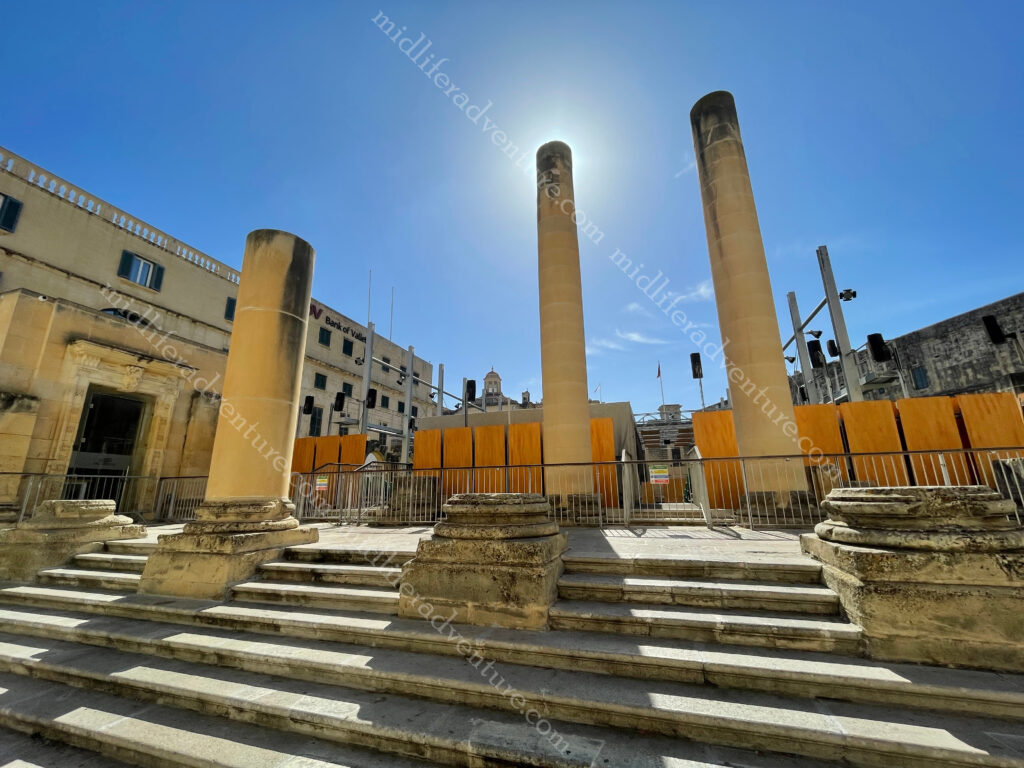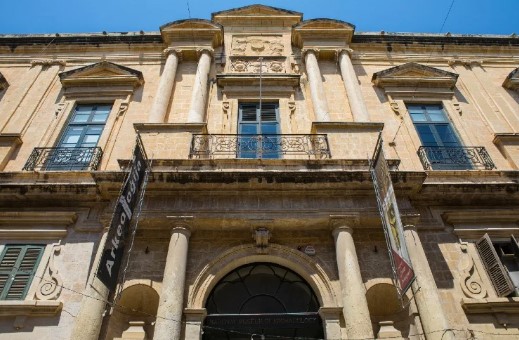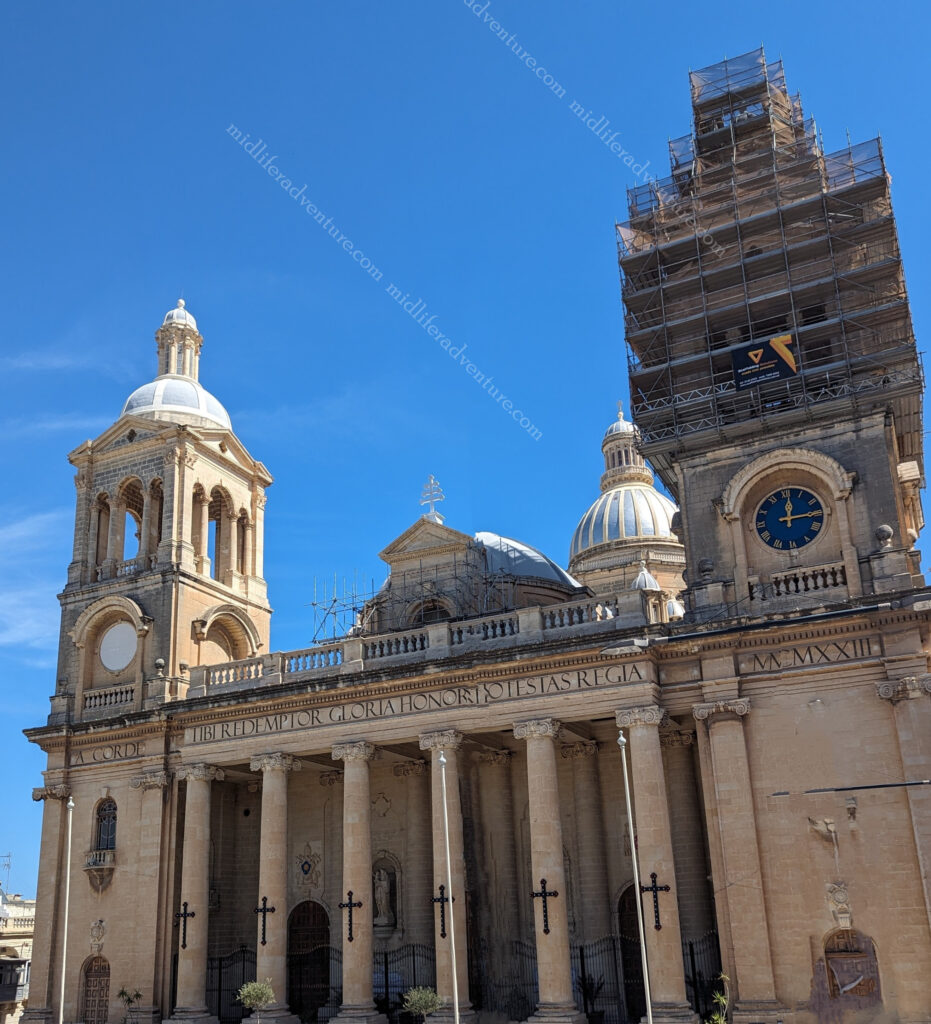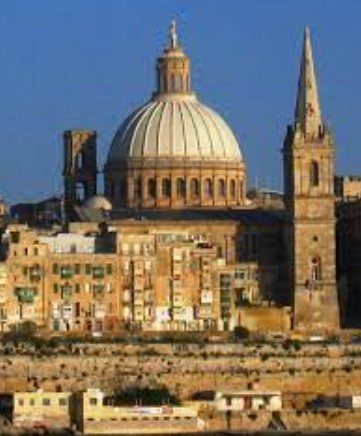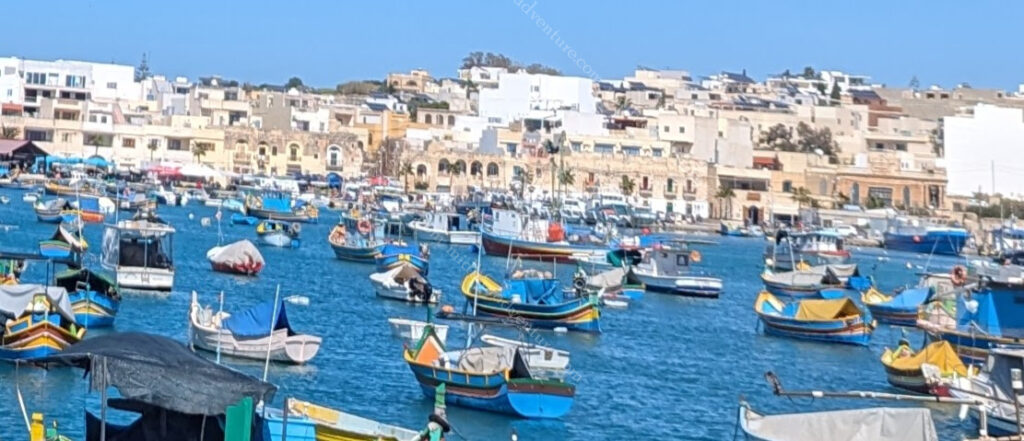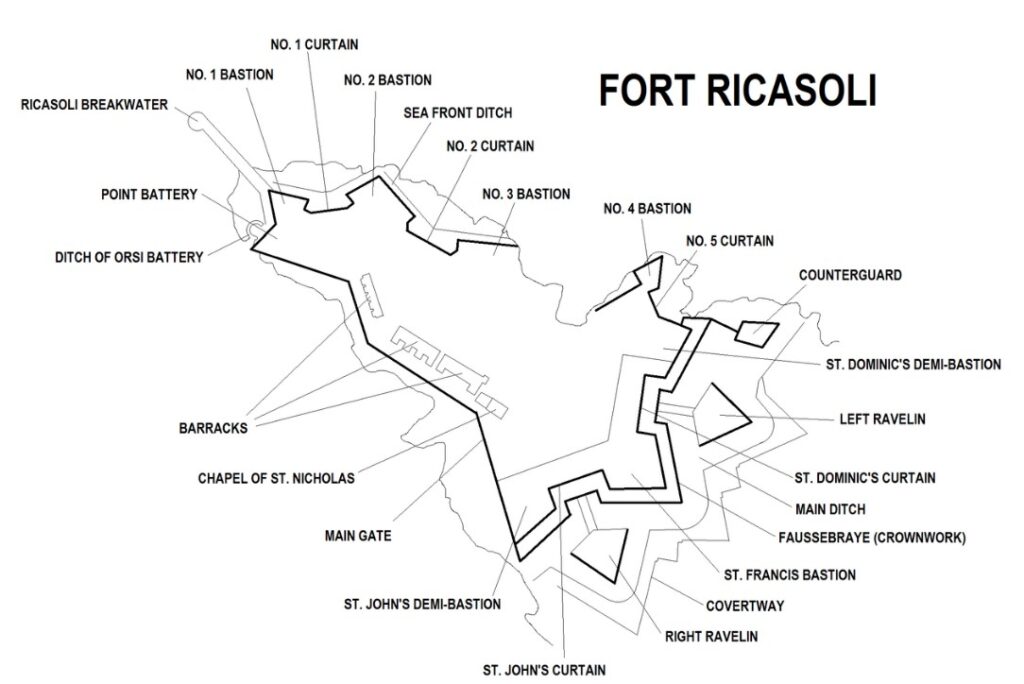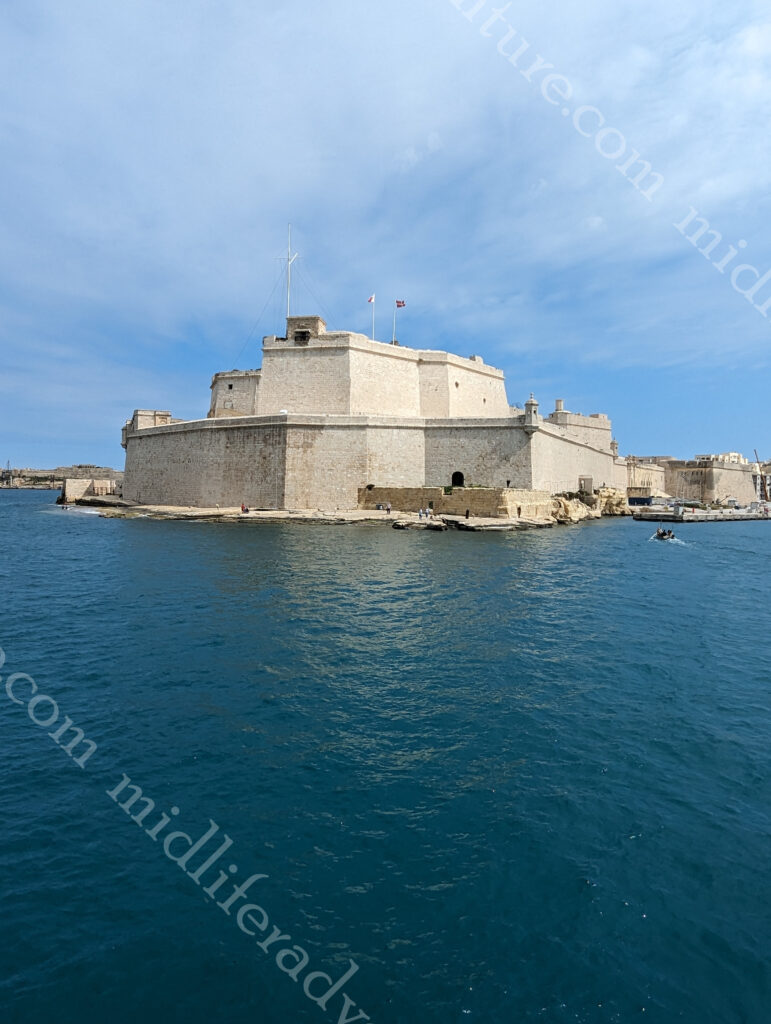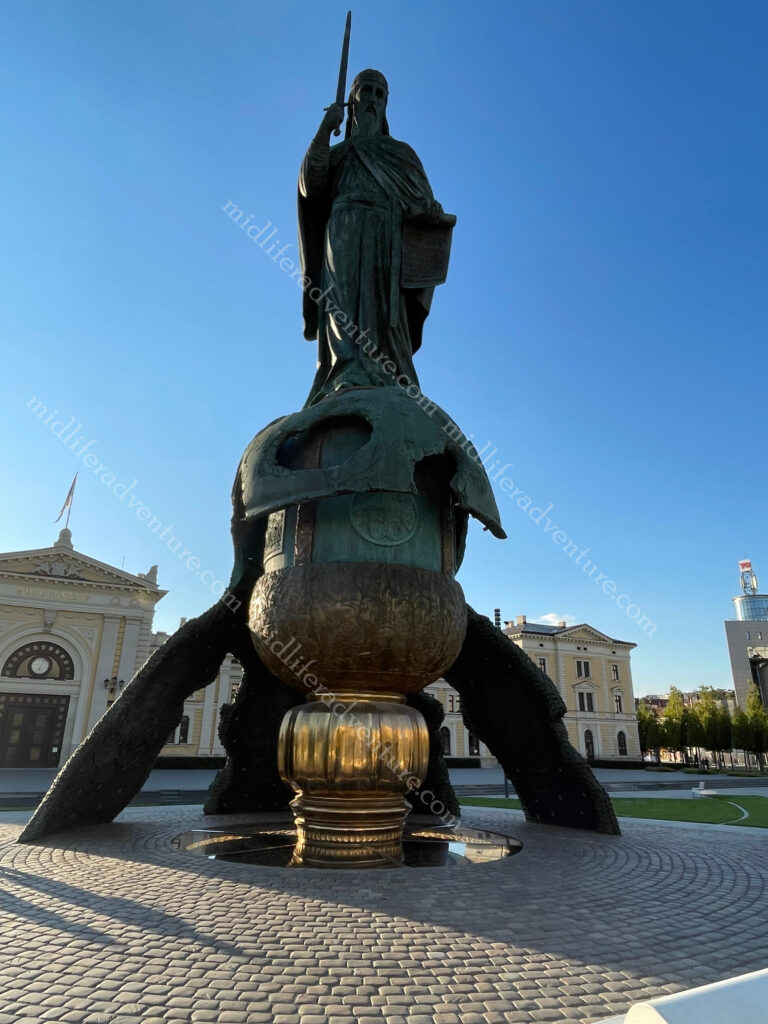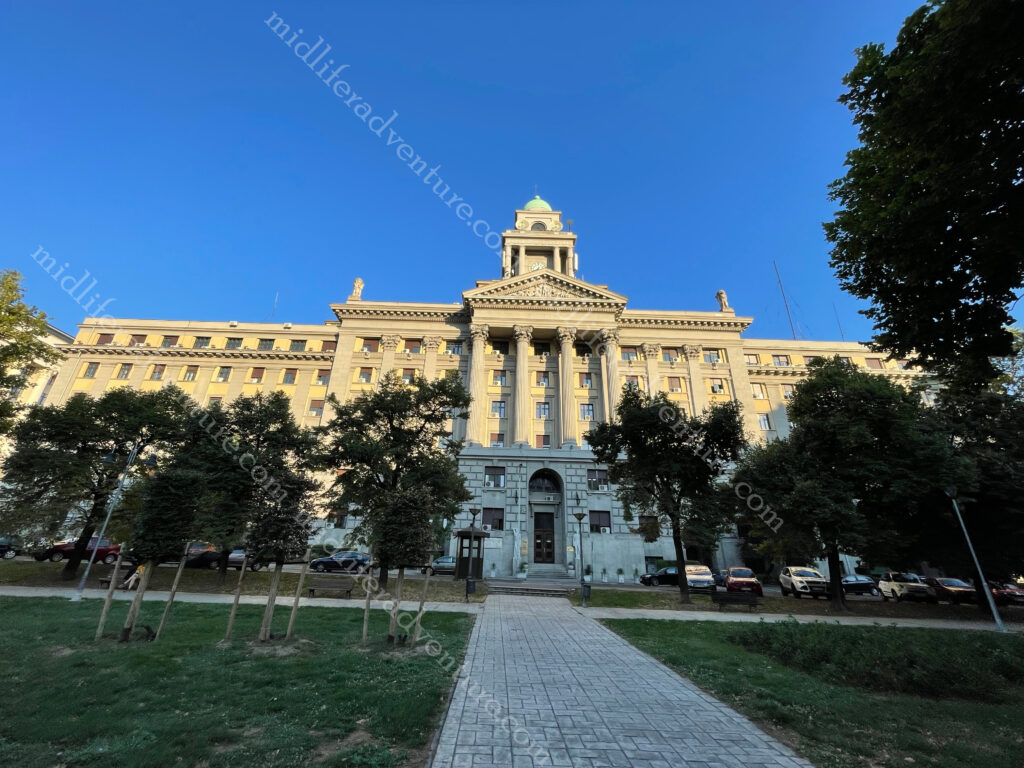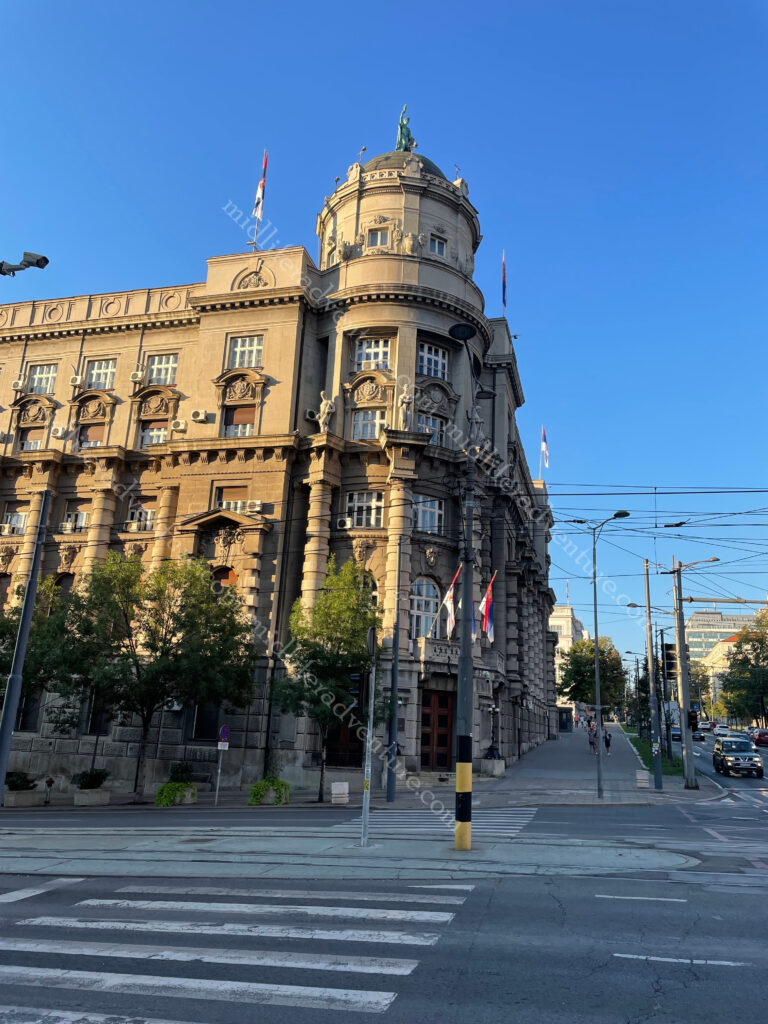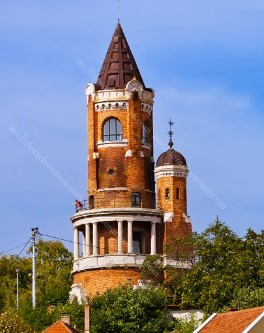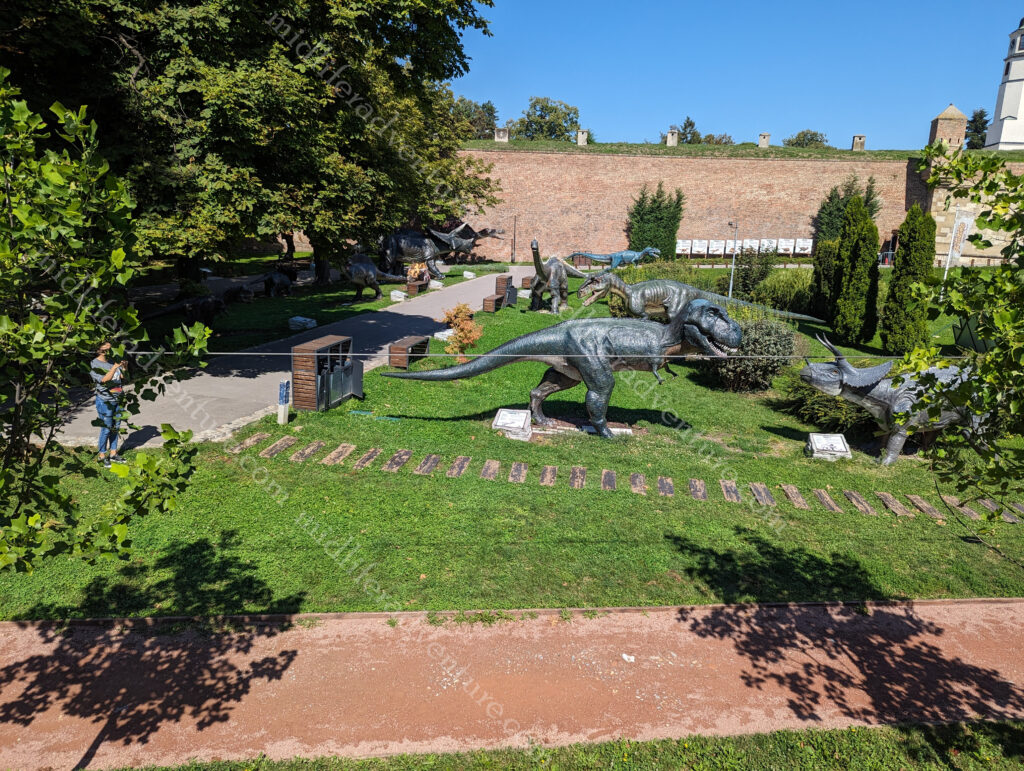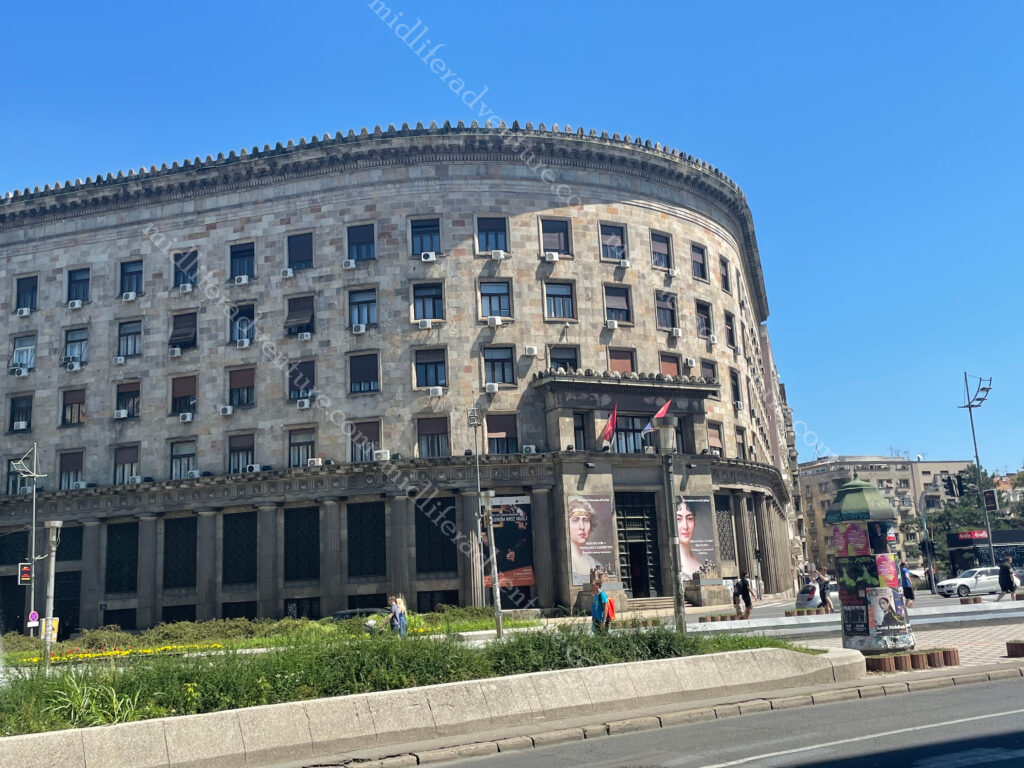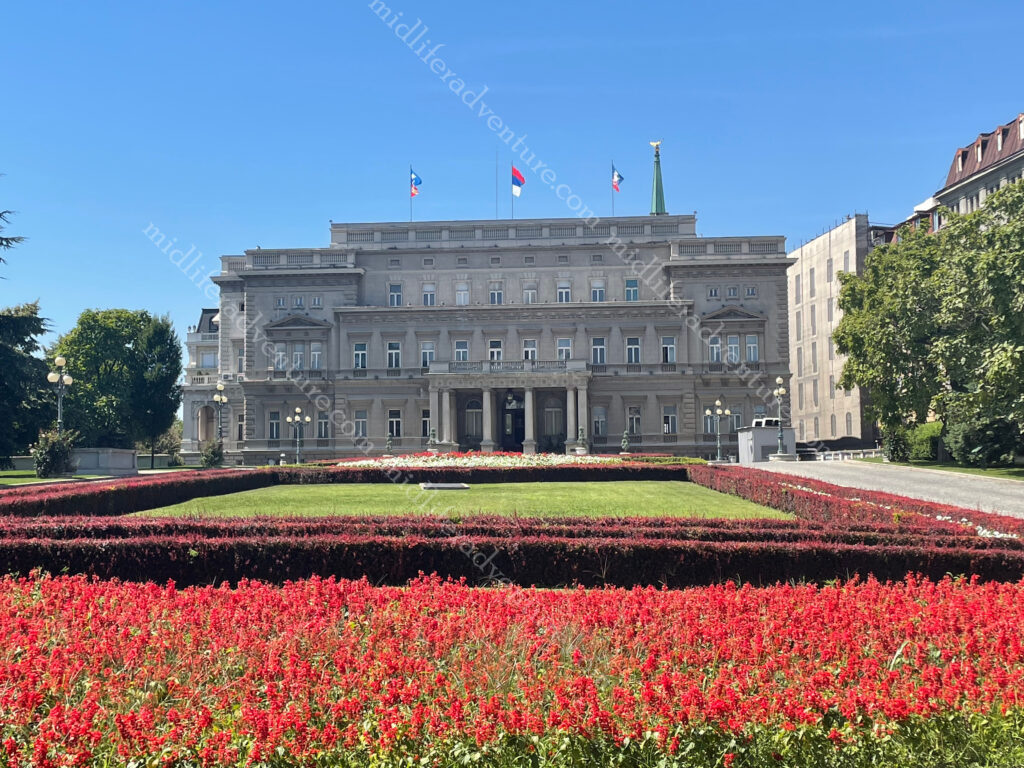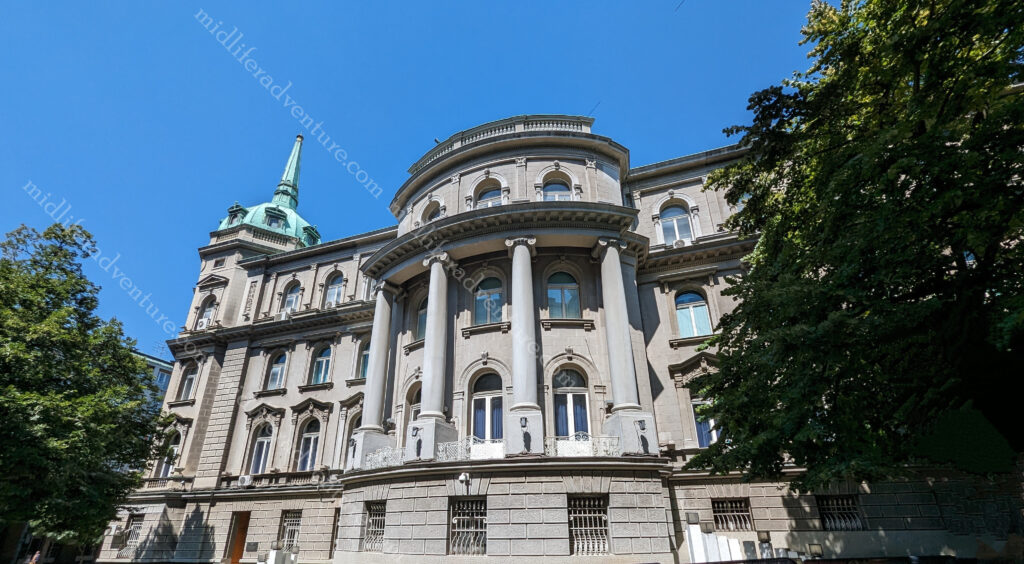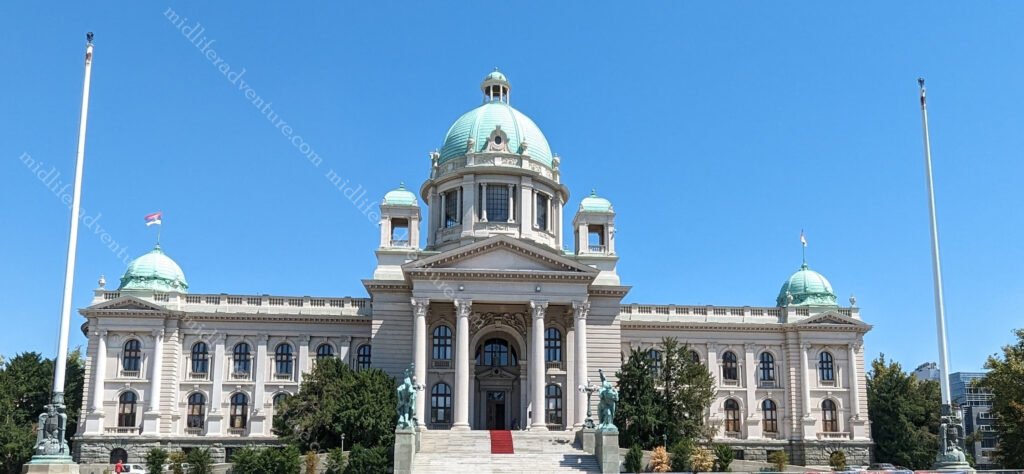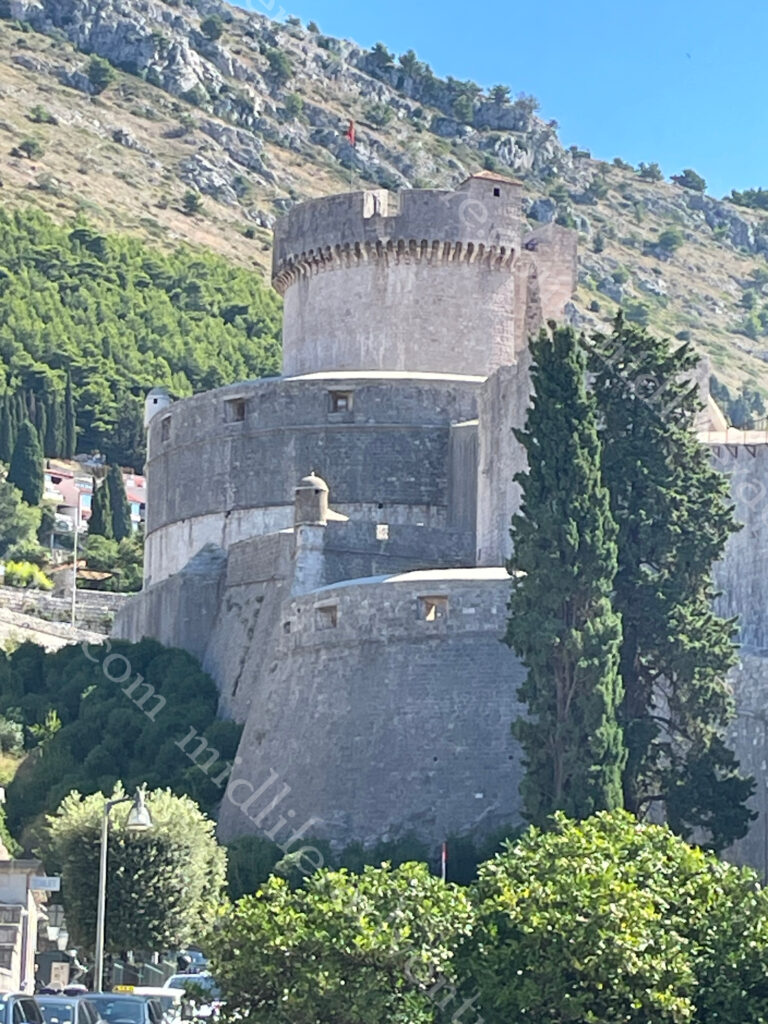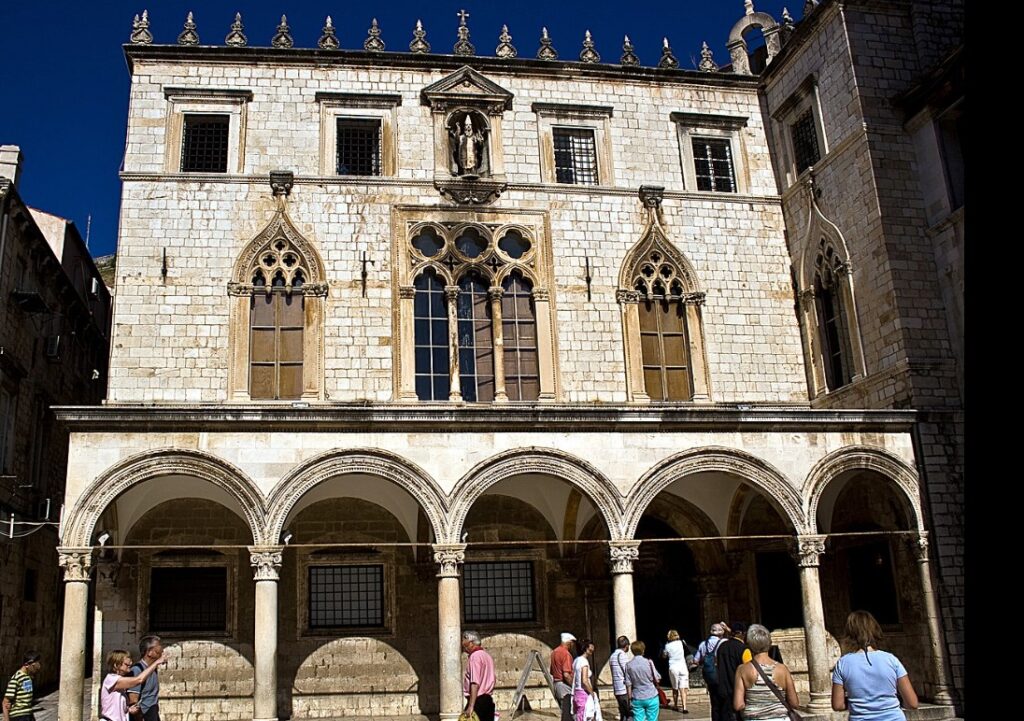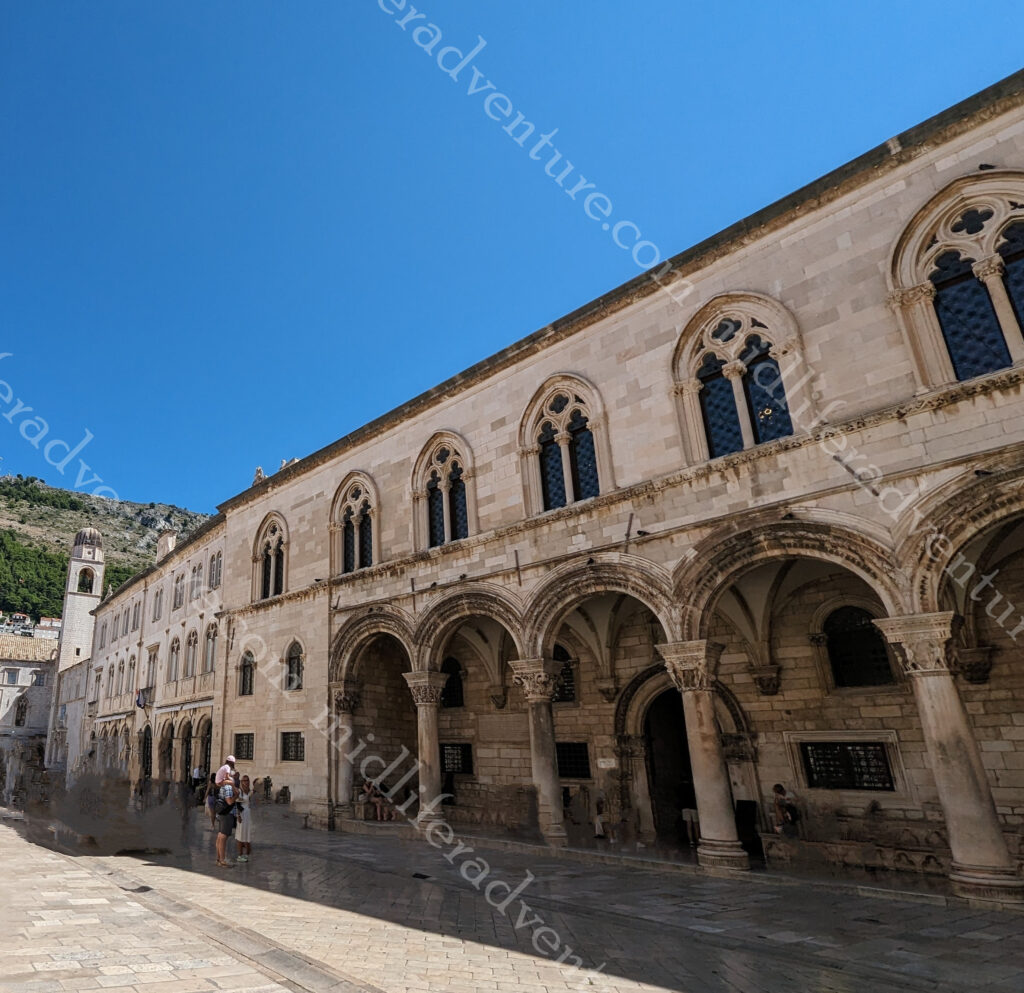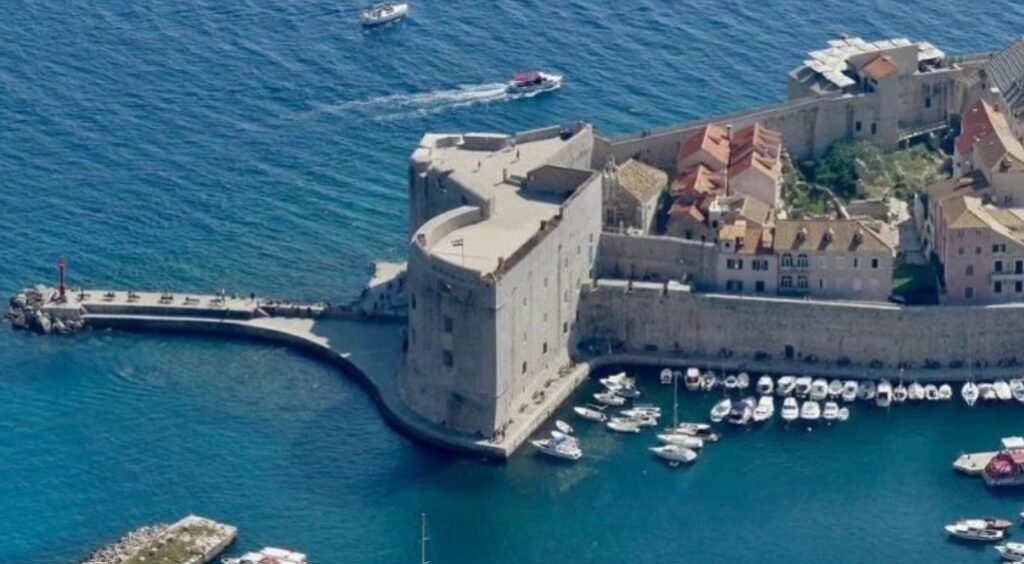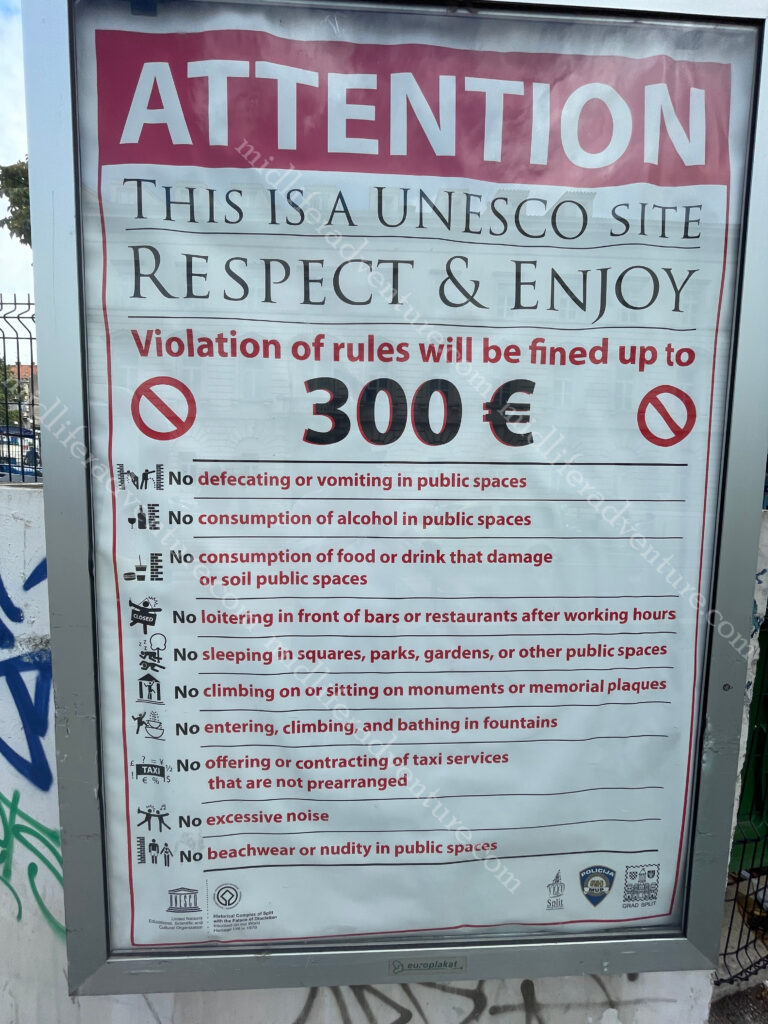
Norway is the country that has been terrifying me for a very long time now. Everything that we have heard, from everyone we have met, has told us that Norway is the most expensive country in the world.
When in Iceland we paid 17 euros for a beer (about $28 AUD), their comment was that at least they were cheaper than Norway.
For those that remember our foray into Switzerland, on the first night we bought a (very ordinary) kebab and a soft drink each with a final bill of over $61 . The next night we ended up eating salad (bought from the supermarket) on our bed because we could not afford to eat out at the restaurants. The three most expensive countries worldwide are Norway, Switzerland, Iceland. These countries stand out for their high cost of living, groceries, accommodation, dining out, and purchasing power.
Despite my fears, it wasn’t that bad. In fact both Switzerland and Iceland were worse and their claims of being cheaper than Norway were false. Don’t get me wrong, this place is still seriously expensive, but not as terrifying as I had been led to believe. Although, we met others shortly afterwards that claimed that once you got out of the capital that the prices skyrocketed.
Norway is a Scandinavian nation with a population of 5.5 million and has has an extensive coastline facing the North Atlantic Ocean and the Barents Sea. The unified kingdom of Norway was established in 872 (merging smaller ‘petty kingdoms’) and has existed continuously ever since. Norway was neutral during WWI, and in the WWII until it was invaded by Nazi Germany in 1940 who held control until the end of the war.
Oslo
At the end of the Oslo fjord lies Oslo,it is a green and modern city with a population of around 700,000. Oslo’s history goes back 1000 years. In 1624, all of old Oslo burnt to the ground. King Christian IV decided that the city should not be rebuilt at the same location and instead be built to the north of the Fortress. It became the capital city of Norway after the constitution was drafted in 1814.
During Viking times, there was a large settlement in Oslo, but there are very few traces of Vikings in the area. About a 90 minute drive away at the Vestfold County is where the viking relics and evidence of occupation can be found.
Vikings
The Viking legacy is strong in Norway, the Viking Age began in 793 with an attack on the Lindisfarne monastery in England (which is the first known Viking raid). The slaying of King Harald Hardrada at the Battle of Stamford Bridge in 1066 is thought to be the event that marks the end of their glory days.
The Vikings are mostly known for their relentless pillaging but many of them lived peacefully as traders and farmers with many expeditions main aims being barter deals. Those who stayed home supported their families through farming . But it was mostly raids looting, colonisation, and trade that brought the Vikings to so many destinations.




Longships sailed across the Baltic Sea, down Russian rivers to the Black and Caspian Seas, across to Byzantium (Istanbul) and to Baghdad (Iraq). Vikings were the first Europeans to reach Greenland and North America. In fact, the Viking explorer Leiv Eiriksson arrived on the shores of North America around 500 years before Christopher Columbus.

Vikings are known to have settled many cities (including Dublin and the region of Normandy in France). Dublin was held as a significant viking settlement for more than three centuries. Between 879 and 920, Vikings colonised Iceland, which became the springboard for the colonisation of Greenland. Remains of a viking settlement in Newfoundland have been carbon dated to 1000.
Our adventure
After the drama of getting here (see the Sweden post), our accommodation was a short (800m) walk from the central railway station and a similar distance from the docks that we would end up sailing out of. Being so centrally located, and a little delayed we were on a tight timeline to get out and explore. Thankfully Oslo CBD and tourist attractions are compact and easily navigable.
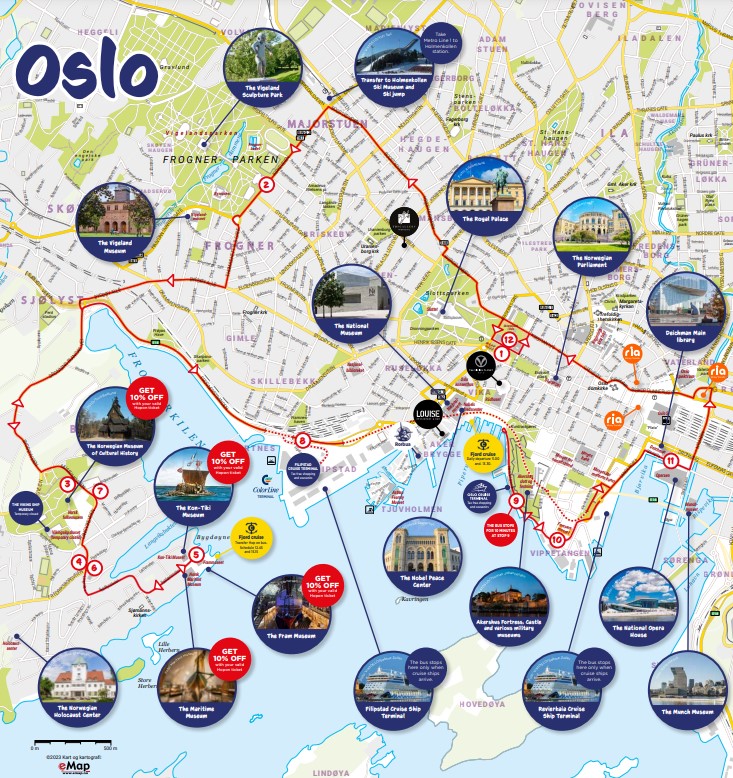
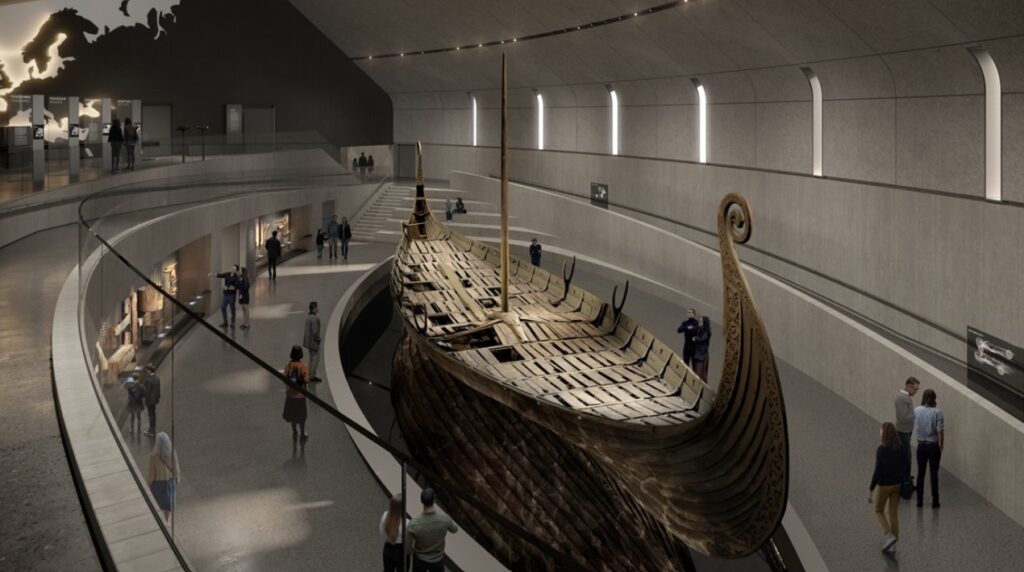
The first thing we wanted to see was the Museum of the Viking Age. But the website immediately notified us that it was closed and will not reopen until 2027.
With the Museum out we aimed for the Cathedral (Oslo Domkirke) right in the heart of town. Along the way we came across funky little square (Christiania Torv) with some of Oslo’s oldest buildings found around it, including first town hall from 1641 (today a restaurant). The square is known for its fountain, with a sculpture of a hand pointing to the ground. This is allegedly where the Danish-Norwegian king (Christian IV) pointed to this spot and said: “The new town will lie here!”. Continuing past the square we got to the the Cathedral which is the seat of the Bishop of Oslo. It was first consecrated in 1697, but needed to be restored back to its original baroque interior after WWII.







From here we were in full swing and headed along the Karl Johans gate. This is a popular avenue that stretches from the Oslo Central Station to the Royal Palace. Along the way we stopped at the Eidsvoll plass which is the park that sits in front of the Norwegian Parliament building.






As you keep walking through the park and along the Karl Johans gate you come across some truly lovely old buildings. Including the National Theatre, one of Norway’s largest avenues for performing arts.
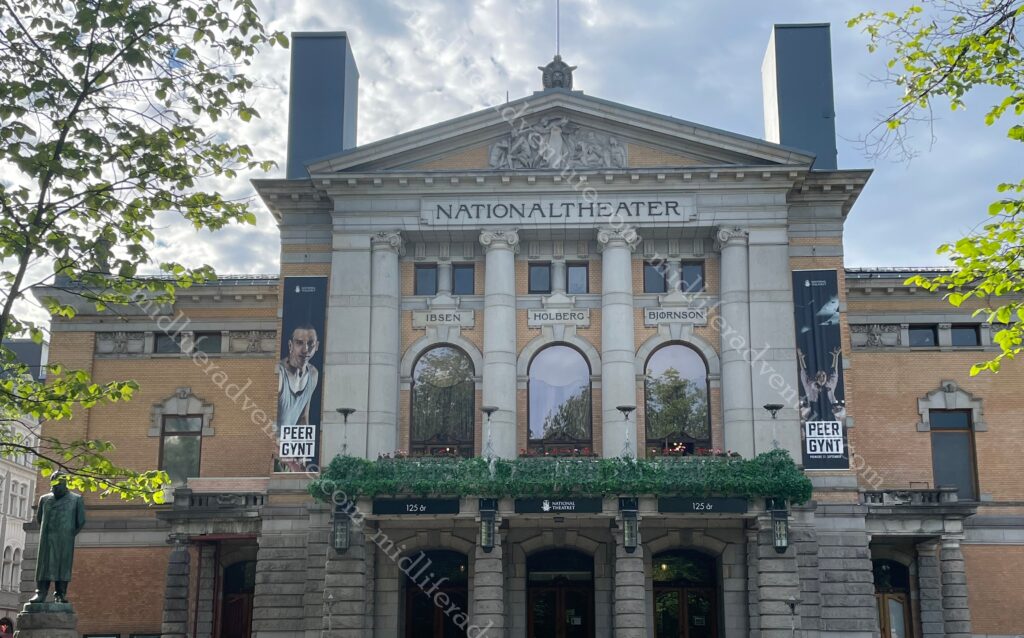
The photos below are just a collection of really cool old buildings as you yellow building below has been a restaurant since the 18th century and the next has been a hotel for about the same period, some funky old banks and university buildings and the national theatre.







As the walk continues you find yourself at Slottsparken (the Royal Gardens) and then Slottsplassen (‘The Palace Square’) and of course the Palace itself.





Directly in front of the palace you find the statue of Charles John of Norway and Sweden.
It was sculpted and erected in 1875.
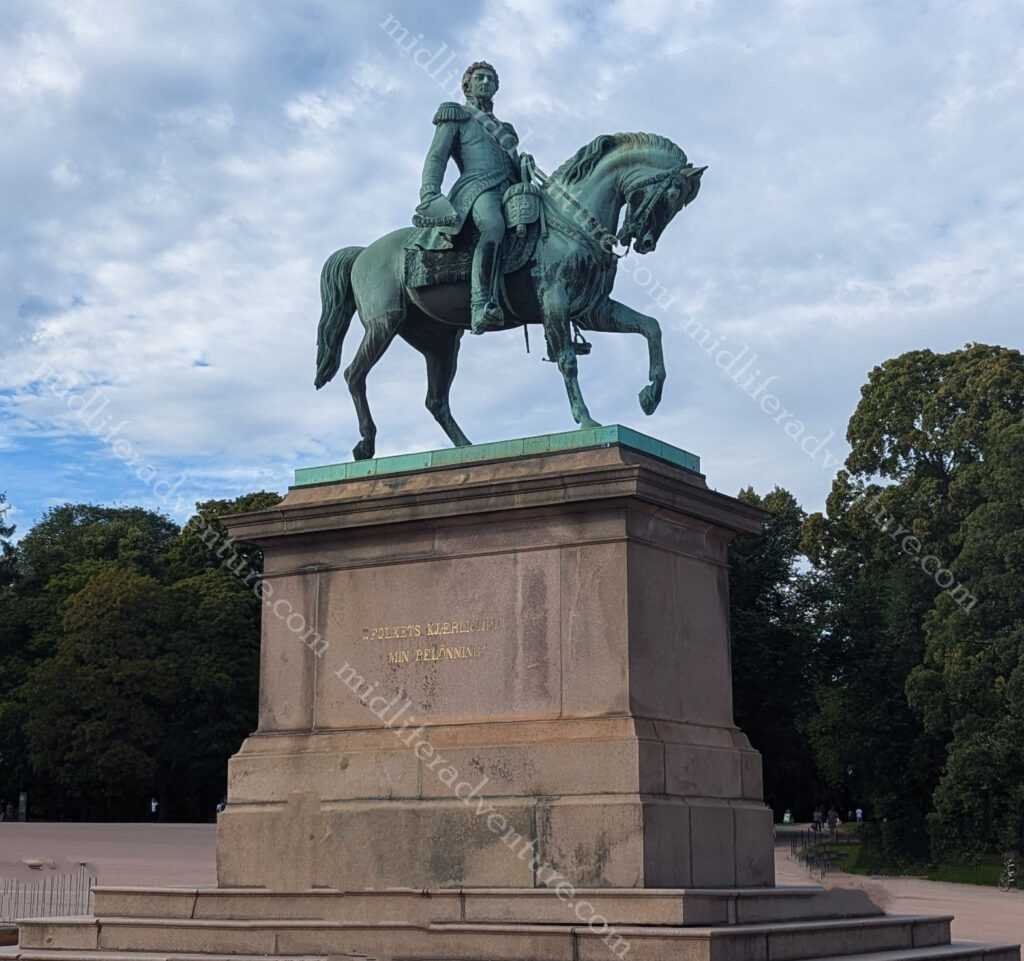
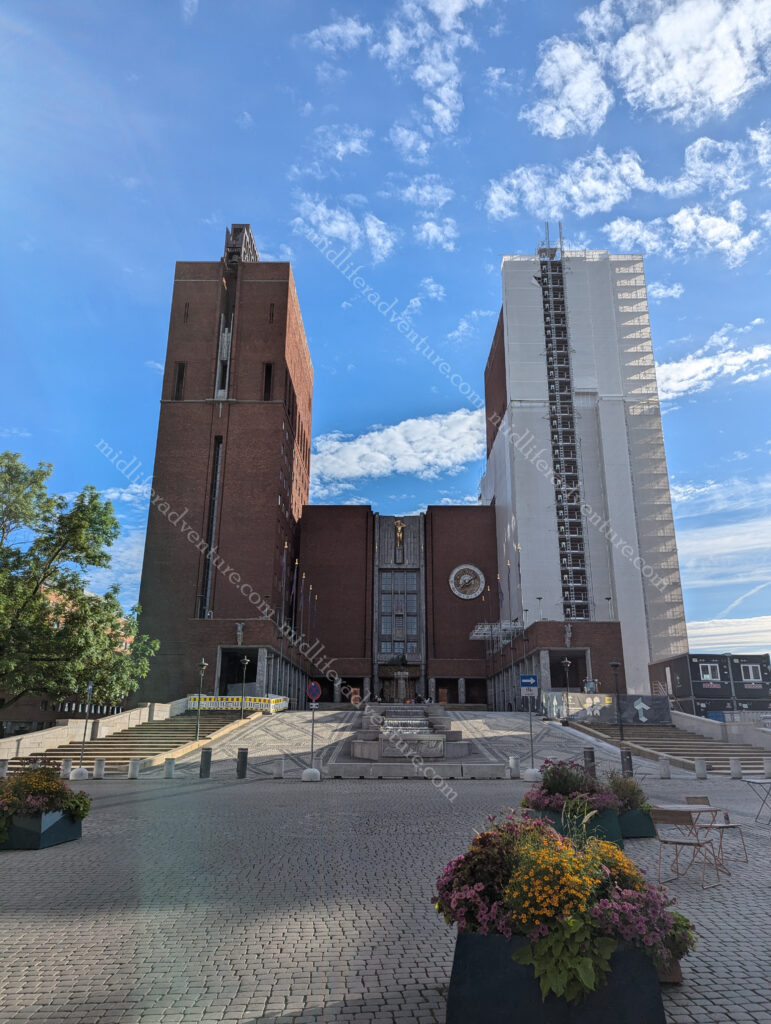
Coming back along the other side of the park and you wander past the Oslo City Hall (Radhuset).
The building has two towers (63 and 66 meters tall) with the eastern tower hosting a carillon set of 49 bells.
Behind the city hall is the Oslo Fjord waterfront. This area holds the National Museum and the Nobel Peace centre.
This museum marks the start of the Oslo city harbour promenade.
Here you can walk along the Oslo harbour for almost 10 kilometres, with no interruptions.
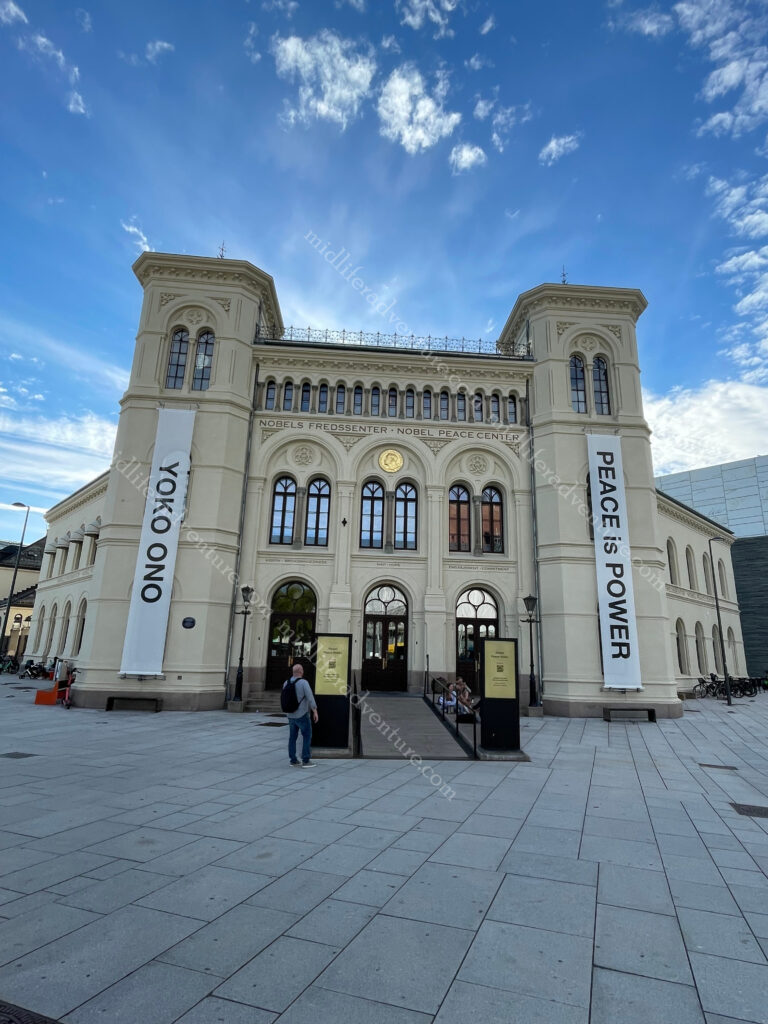
Shipyards, container facilities and heavy traffic have given way to pedestrian walkways, parks and benches. And of course an upscale pier full of restaurants and shops (that we couldn’t afford) and at the very end of the walk is the Astrup Fearnley Museum which is the museum for contemporary art.







One of the more interesting things that we discovered on this amble along the waterfront was the spotting of floating saunas. apparently, urban sauna culture has taken Oslo by storm. In the city centre several options have appeared for combining a trip to the sauna with a following dip into the fjord. There were a bunch of saunas anchored to the docks that accommodate up to 7 people. There is an additional option where you can rent a sauna and take it for a cruise into the harbour and out to see the Fjord.



While we were there we saw this one lone little sauna (about the size of a 1970’s caravan) bobbing up and down on the bay while the bigger boats and ferries beeped their horn and all but ran it over.
Having almost looped the city we found ourselves back near the main railway station (on the water) staring at the Oslo Opera House.
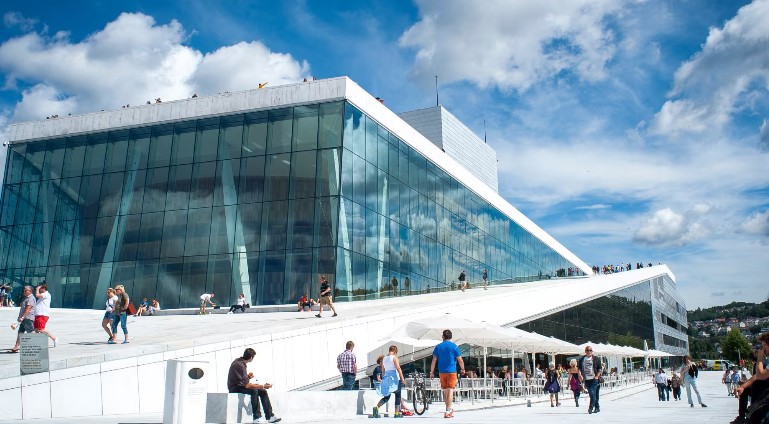
And just next door to this is the Munch Museum. This is home to the collection of work by Norwegian artist Edvard Munch and includes the three versions of his iconic painting, The Scream.

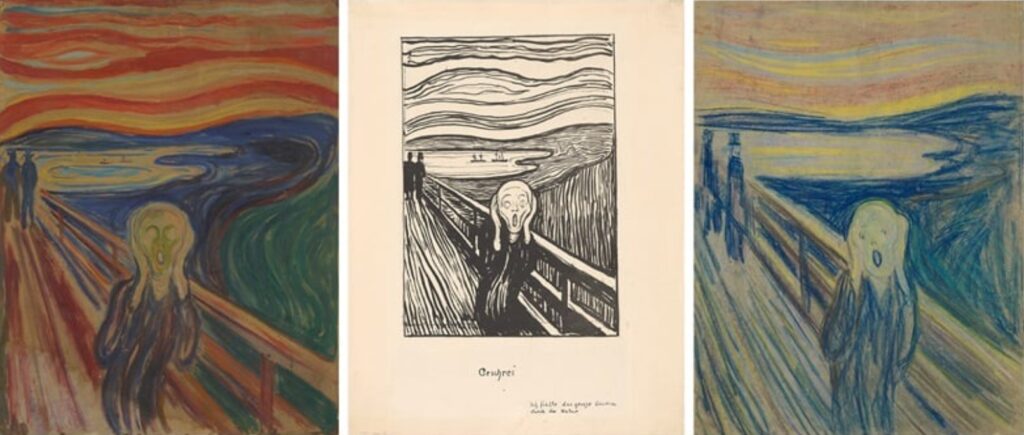
Akershus Fortress is known to be the most haunted castle in Norway and attracts more than three million visitors every year. It was built around 1290 by King Haakon V as a defensive stronghold for Oslo. It was once used as a prison for Norway’s most infamous criminals and during WWII, Nazis occupied the castle and conducted executions there. Today the fortress area is a popular venue for major events, including concerts, public holiday celebrations and ceremonies.




Trolls
Once upon a time (according to folklore) trolls roamed freely in the Norwegian mountains and forests. But the trolls only went out at night, in the dark because if they were caught in the sunlight the first rays of the sunlight would turn them into stone. Because of this you can still see their faces and bodies carved into the mountain sides, cliffs and stones all around the country. These rock formations and mountains with troll-like-shapes have mesmerised people all over Norway for thousands of years. Now, most of the trolls can be seen at the tourist shops.



Oslo hosts The Viking Planet the world’s first digital Viking museum that uses VR technology, holograms, interactive screens and 270-degree film to explore the life of the Vikings. The venue allows you to learn and experience the everyday life of the Vikings, join a voyage, climb aboard a Viking ship in a storm and take a picture of yourself as a Viking.





About 15 kilometers around the Fjord you can find the Henie Onstad Art centre and sculpture park, Our time did not allow us to get here but it does look amazing.
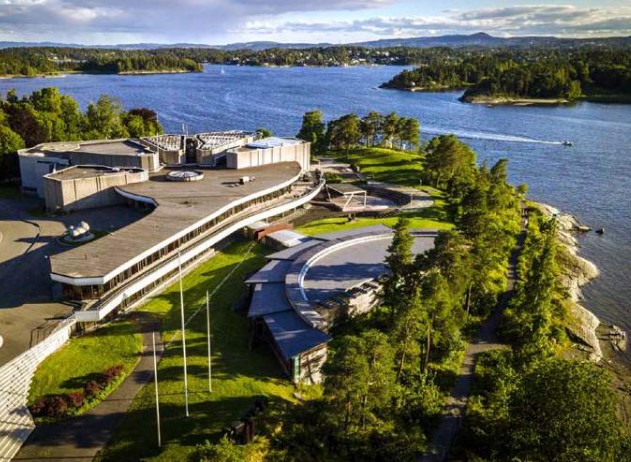
Poncy statues
For a nation with such a strong and bold viking history, Oslo sure had the poonciest set of statues we have ever seen. We had expected to find butch and manly men and strong shieldmaiden type women immortalised in the statues around town. What we found could not have been more opposite.








The Polar Exploration (Fram) Museum is literally built around the two ships that define Norwegian polar exploration: the Fram and the Gjøa. Housed in two tall buildings designed to accommodate the ships, it comprises numerous exhibitions and offers an opportunity to board and explore the Fram.



Leaving Norway we hopped on the ferry (once again more like a cruise ship) to take us the 600 kilometers from Oslo to Copenhagen in Denmark. The ship leaves Oslo at about 3pm, travels overnight with a quick stop in Frederikshavn (Denmark) and delivers you at docks in Copenhagen at 10am the next morning.

